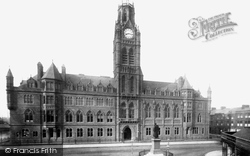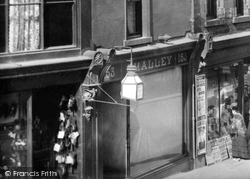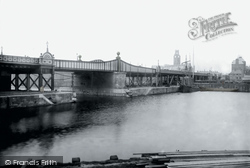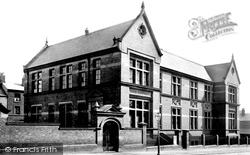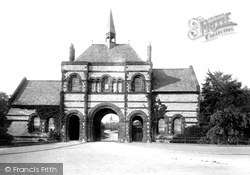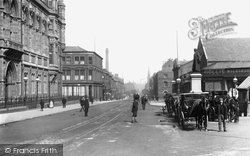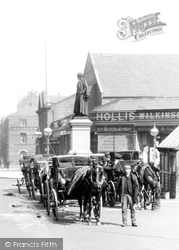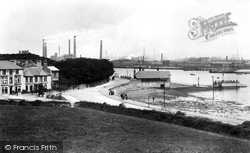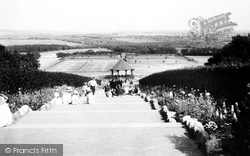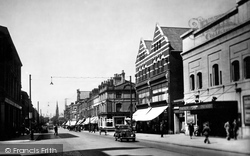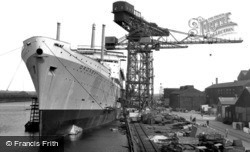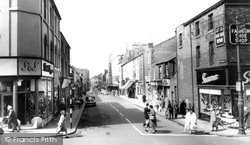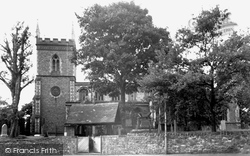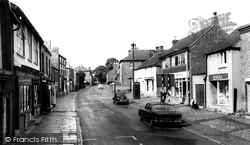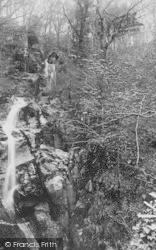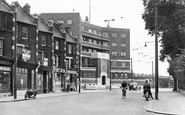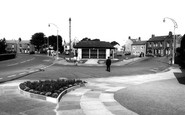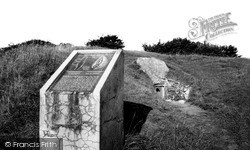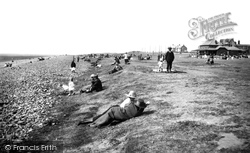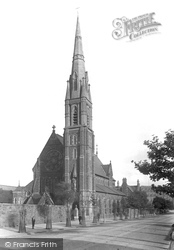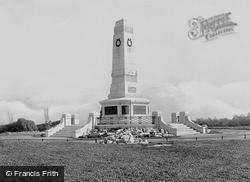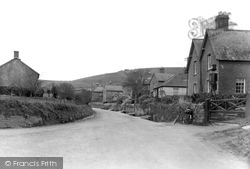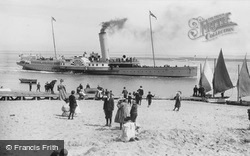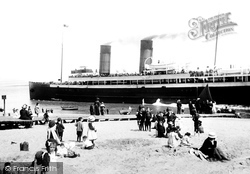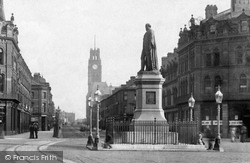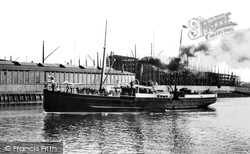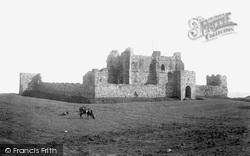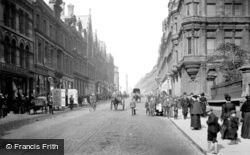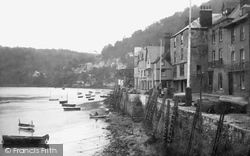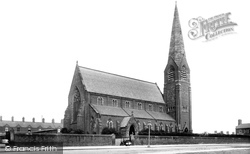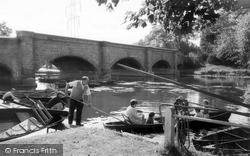Places
34 places found.
Those places high-lighted have photos. All locations may have maps, books and memories.
- Barrow-In-Furness, Cumbria
- Barrow, Cumbria (near Dalton-In-Furness)
- Barrow upon Soar, Leicestershire
- Barrow Bridge, Greater Manchester
- Barrow's Green, Cheshire
- Barrow, Suffolk
- Barrow, Somerset (near Wells)
- Barrow, Lancashire
- Barrow, Gloucestershire
- Barrow, Leicestershire
- Barrow, Somerset (near Wincanton)
- Barrow, Shropshire
- Barrow, Yorkshire
- Barrow Vale, Avon
- Barrows Green, Cheshire
- Barrow Gurney, Avon
- Barrow Street, Wiltshire
- Barrow Wake, Gloucestershire
- Barrow Common, Avon
- Barrow Nook, Lancashire
- Barrows Green, Cumbria
- Barrows Green, Nottinghamshire
- Little Barrow, Cheshire
- Great Barrow, Cheshire
- North Barrow, Somerset
- Barrow Green, Kent
- Barrow Hann, Humberside
- South Barrow, Somerset
- Barrow Haven, Humberside
- Barrow Hill, Derbyshire
- Barrow upon Humber, Humberside
- Barrow upon Trent, Derbyshire
- Barrow Burn, Northumberland (near Shillmoor)
- Barrow Hill, Dorset (near Wimborne Minster)
Photos
373 photos found. Showing results 1 to 20.
Maps
284 maps found.
Memories
148 memories found. Showing results 1 to 10.
Burntoakboy
As a boy growing up in Burnt Oak I remember the barrow boys in Watling Avenue, the hustle and bussle of everyday trading, the people gathering round the stalls, the banter, the laughter, the friendliness. Like one family everyone ...Read more
A memory of Burnt Oak in 1954 by
Approximately In 1950
During the Second World War my gran owned a grocery shop at 7 Stoke Road, Water Eaton and my grandad used to take a barrow round the streets selling slabs of salt. I remember looking out of my window (at about 3 or 4 years ...Read more
A memory of Bletchley by
Talke A Forgotten Village
As you proceed north along the A34 towards the Cheshire border you will approach Talke traffic lights and on the left and right side of the road there are two areas of grassed land. This grassed area was once the village of ...Read more
A memory of Talke in 1959
My Uncles Grave
This isnt really a memory as such but I'm after some help if anyone can. My uncle died before I was born and he was buried in Worfield. I know from my aunty that he isn't buried in the main graveyard but further up the hill, in a ...Read more
A memory of Worfield in 1960 by
Lucien Road
I lived in Lucien Road for sixty five years until two years ago. My memories start when I was about five with my dear old dad taking me out on his barrow to sell firewood - I thought it was great fun. Also, my mum taking me to haylocks ...Read more
A memory of Tooting in 1948 by
Licensed Game Butcher
Our gt uncle Edward Cope Statham, born in Barrow in Furness, was a licensed game butcher in Longton. He is on the 1901 census, aged 24, as lodging in Trentham Road so don't know if the shop was there too but we do have a ...Read more
A memory of Longton in 1900 by
My Grandparents
My grandparents lived at Fern Cottage. They moved there before the war and had two children, Dick and Jean. Dick was based at Wick and died in the war. Jean, my mum, married and had me and my sister. I have wonderful ...Read more
A memory of Cropwell Bishop in 1960 by
Orange Hill Girls Grammar School
After passing the 11+ at St Johns School, Milton Road, West Hendon, I attended Orange Hill from 1947. I had quite a journey, having to take the trolleybus along the Edgware Road then a walk down the Watling ...Read more
A memory of Burnt Oak by
Goldthorpe In The Fifties
I was born in 1946 and lived in Manor Avenue. Cricket with dustbin lids propped up with a house brick in the "backins" were our stumps and we played from dawn to dusk during the summer holidays...except during Wimbledon ...Read more
A memory of Goldthorpe by
Torrisholme In The 1960s And 1970s
My name is Susan Railton (nee Price) and I grew up in Torrisholme in the 1960s and 1970s. It was always a place where everyone knew and cared about each other. I lived on Hyde Road and could see The Square ...Read more
A memory of Torrisholme in 1968 by
Captions
96 captions found. Showing results 1 to 24.
Barrow-in-Furness sprang from a tiny hamlet in the 19th century to become the world's largest producer of iron and steel, and a major force in the world of shipbuilding.
Barrow-in-Furness sprang from a tiny hamlet in the 19th century to become the world's largest producer of iron and steel, and a major force in the world of shipbuilding.
Ulverston's most famous landmark is the John Barrow monument.
This Neolithic long barrow was built around 2,500 BC, and the remains of 28 human skeletons were found when the site was excavated in 1854.
The Hoad Hill Monument at Ulverston is a replica of the Eddystone Lighthouse, and was built as a memorial to Sir John Barrow, founder of the Royal Geographical Society and for 40 years Secretary to the
Barrow Corporation purchased Biggar Bank on Walney in 1881 to serve as a public recreation ground for the people of the expanding town of Barrow.
The peak years for Barrow were the 1870s and the 1880s.
With the restoriation of the Catholic hierarchy in 1850, the Jesuit Mission, based at Ulverston, was handed over to the Bishop of Liverpool; the recognition of the beginnings of the growth of Barrow-in-Furness
The architect was Major C Oakley and the sculptors were Fairburn and Hill, all of Barrow.
Even today it is still possible to see the large sign built into the bricks of the houses that made up this hospital: it reads 'Barrow Hospital supported by voluntary contributions'.
This is an old village, but there are plenty of older habitations nearby: this part of Dorset boasts an impressive collection of earthworks, burial barrows, ancient ridge paths and strip lynchets.
Even today it is still possible to see the large sign built into the bricks of the houses that made up this hospital: it reads 'Barrow Hospital supported by voluntary contributions'.
It entered service on the Barrow-Fleetwood run in April 1908.
It was also possible to sail to Douglas from Barrow, Silloth, Whitehaven and Glasgow.
Here we see the statue of Sir James Ramsden, the first mayor of Barrow-in-Furness. It was erected in 1872, the year of his knighthood.
Amongst the companies operating services to Belfast were the IOMSPCo, the Barrow Steam Navigation Co, controlled by the Midland Railway with sailings from Barrow and Morecambe, and a joint Lancashire
The extensive remains of Piel Castle date from the early 14th century, and are located on Piel Island to the south of Barrow in Furness.
Over on the left outside Harkers are two large hampers on a barrow. Harkers might be getting a visit from a salesman.
The highly skilled workforce is still here; it is the scale of operations that has been reduced, as the industrial complexes in Barrow-in-Furness have slimmed down to remain competitive and efficient
Bayards Cove, which takes its name from the French 'bayart', meaning 'barrow', was most famously used as a set for the television series 'The Onedin Line'.
During the time leading up to the First World War (1914-18), a number of food shortages, popularly referred to as famines, hit Barrow-in-Furness.
Even today it is still possible to see the large sign built into the bricks of the houses that made up this hospital: it reads 'Barrow Hospital supported by voluntary contributions'.
Barrow-upon-Soar lies next to Charnwood Forest amongst fine water meadows. The village's assets attract visitors and shoppers, whilst the River Soar brings in canal cruisers.
Protected by the enclosing reef of Walney Island, Barrow flour- ished as a major shipbuilding centre in the 19th and early 20th centuries.
Places (34)
Photos (373)
Memories (148)
Books (2)
Maps (284)


